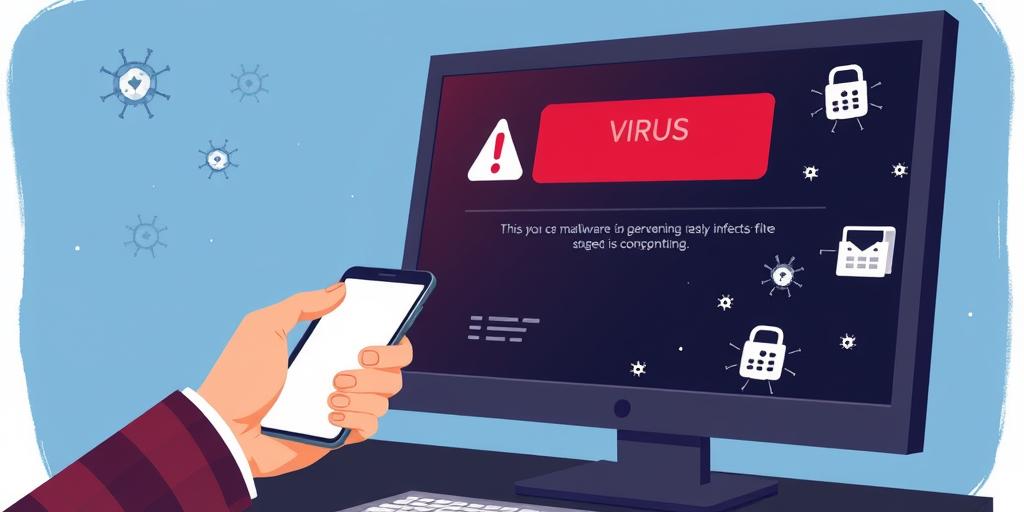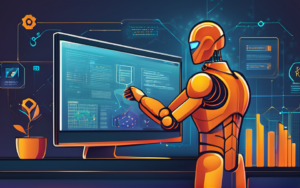In today’s digital world, where we rely heavily on computers and the internet, it’s crucial to understand the threat of malware. Malware, short for malicious software, is a broad term encompassing various types of software designed to harm or disrupt computer systems. This post will delve into the intricacies of malware, exploring its different types, the potential effects it can have, and most importantly, how to prevent your computer from falling victim to its insidious grip.
Understanding Malware
What is Malware?
Malware is a catch-all term for any software intentionally designed to cause harm to a computer system or its users. It can range from annoying pop-ups to devastating data loss. Malware creators often exploit vulnerabilities in software or user behavior to gain access to your computer. Once inside, they can steal your personal information, corrupt your data, or even take control of your system for malicious purposes.
How Malware Spreads
Malware spreads through various means, often taking advantage of unsuspecting users. Some common methods include:
- Email attachments: Clicking on malicious attachments can install malware onto your computer.
- Suspicious websites: Visiting websites with malware can lead to infections through drive-by downloads or exploits.
- Software vulnerabilities: Outdated software with known vulnerabilities can be exploited by attackers.
- USB drives: Connecting infected USB drives to your computer can spread malware.
Types of Malware
Viruses
Viruses are self-replicating programs that attach themselves to other files, spreading to other computers through infected files or emails. They can corrupt data, delete files, or even disable your computer entirely.
Worms
Worms are self-replicating programs that spread from one computer to another without any human interaction. They often exploit network vulnerabilities and can quickly infect multiple machines on a network.
Trojan Horses
Trojan horses are malicious programs disguised as legitimate software. Once installed, they can steal your personal information, give attackers remote access to your computer, or even open backdoors for other malware.
Spyware
Spyware is designed to secretly monitor your online activity, track your keystrokes, and steal your personal information. It can be installed through malicious websites, email attachments, or even bundled with legitimate software.
Adware
Adware is designed to display unwanted advertisements on your computer. While not as harmful as other types of malware, it can be annoying and slow down your system.
Ransomware
Ransomware encrypts your files and holds them hostage until you pay a ransom to retrieve them. It’s a growing threat, and victims often lose access to important files and data.
Rootkits
Rootkits are stealthy programs that hide themselves from detection by antivirus software. They can give attackers complete control over your computer, allowing them to steal your data, install other malware, or even disable your security software.
Effects of Malware
Data Theft
Malware can steal your personal information, including bank details, passwords, credit card numbers, and other sensitive data. This information can be used for identity theft, financial fraud, or other illegal activities.
System Corruption
Malware can corrupt your operating system, delete important files, or even render your computer unusable. This can lead to data loss, system instability, and costly repairs.
Performance Issues
Malware can slow down your computer, cause crashes, and make it difficult to use. It can consume system resources, impacting your productivity and overall user experience.
Financial Loss
Malware can lead to financial losses through data theft, identity theft, or even ransomware demands. It can also cause damage to your computer, leading to repair costs or even the need to replace your device.
Identity Theft
Malware can steal your personal information, including your social security number, date of birth, and address, which can be used to commit identity theft. This can have serious consequences, including financial losses and difficulty obtaining credit.
Preventing Malware Infections
Install Antivirus Software
Antivirus software is a crucial first line of defense against malware. It can detect, quarantine, and remove malware from your computer. Choose a reputable antivirus program with a good track record of malware detection and removal.
Keep Software Updated
Outdated software often contains vulnerabilities that attackers can exploit. Regularly update your operating system, applications, and web browser to patch security flaws and prevent malware infections.
Be Cautious of Email Attachments
Don’t open email attachments from unknown senders, even if they look legitimate. If you receive an email with an attachment you’re not expecting, contact the sender to verify its legitimacy.
Avoid Suspicious Websites
Avoid clicking on links or downloading files from suspicious websites. These sites often contain malware that can infect your computer without your knowledge.
Use Strong Passwords
Use strong and unique passwords for all your online accounts, including your email, social media, and banking accounts. This will make it harder for attackers to gain access to your accounts and potentially compromise your computer.
Back Up Your Data
Regularly back up your important data to an external hard drive or cloud storage service. This will help you recover your files in case of a malware attack that corrupts or deletes your data.
Conclusion
Understanding how malware operates is crucial for protecting your computer and personal data. By being aware of the different types of malware, their potential effects, and implementing preventative measures, you can significantly reduce your risk of infection. Remember, staying vigilant and following best practices will help you stay one step ahead of malware threats and ensure a secure online experience.
For further information and resources on malware prevention, you can consult reputable cybersecurity websites like [insert relevant website link here].




